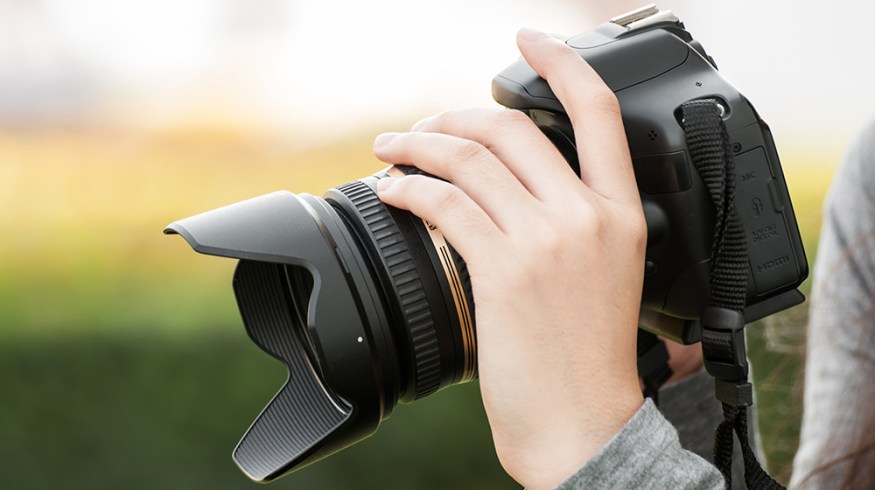
The First 3 Prime Lenses Every DSLR Shooter Needs
If you’re just starting out as a filmmaker or DP, these three prime lenses are the most essential to start with.
First time filmmakers often start out by shooting on zoom lenses, because that seems to be the logical choice. After all, most DSLRs come with a kit lens (which is almost always a zoom), and some filmmakers have experience with camcorder-style cameras that had a fixed zoom lens on them. But eventually, most of these same filmmakers make the jump to prime lenses.
Prime lenses offer far more bang for your buck in my opinion. They’re typically much higher quality, faster, and sharper than their zoom lens counterparts — not to mention they’re much more affordable. So when you’re ready to invest in some primes, these are the three you should start with:
Please note that these focal lengths are based around a full-frame sensor. If you have a cropped-sensor camera (such as the Blackmagic Pocket Camera), you’ll want to take the crop into account to get a lens with an equivalent focal length.
28mm
The 28mm lens offers a slightly wider-than-normal field of view, and is usually the widest you’ll need to go in a real world shooting situation. While it can be helpful to have an 18mm or 24mm in your kit as well, the 28mm is far more versatile, as it can be used to capture extremely wide landscape shots, or moderately wide interiors.
Here’s a look at the 28mm lenses offered by B&H Photo: 28mm lenses
Check out this in-depth review of the Sony FE 28mm f/2 lens from Jay SonyAlphaLab:
50mm
If I had to pick a single lens to shoot everything on, it would be a 50mm. This focal length is considered the closest to the human eye’s field of view, and therefore can be used in so many different environments. From a close-up on a single actor, to a 2 or 3 shot on a group, the 50mm will have you covered and will probably be the most used lens in your kit.
Here’s a selection of 50mm lenses from Adorama: 50mm lenses
Check out this video from DigitalRev where they cover some of the ins and outs of choosing a 50mm lens:
85mm
When you need to capture long lens portrait-style shots, there’s no substitute for an 85mm. In my opinion this is the best focal length for framing faces, and preferable even over the popular 135mm focal length. The reason being is that when you shoot with a 135mm lens you need to position yourself so far back from your talent to get them framed up properly. An 85mm gives you that nice short-telephoto look, but still allows you to work in a smaller space.
Take a look at all of the 85mm lenses offered on Amazon: 85mm lenses
Here’s one more video from DigitalRev where they compare Canon and Nikon 85mm lenses:
What lenses do you consider must-have? Share your thoughts in the comments below.





